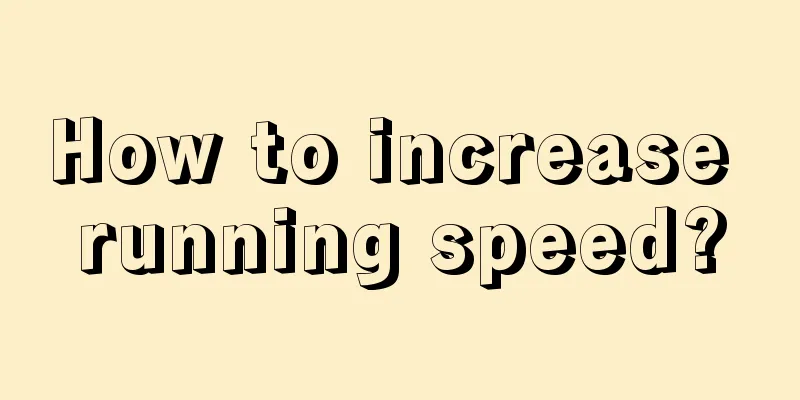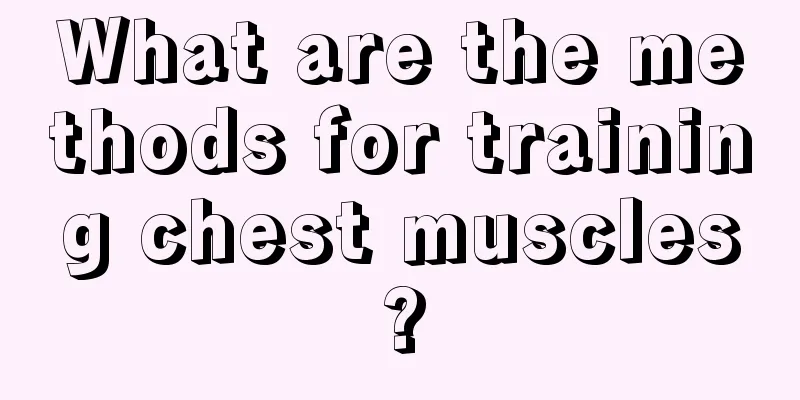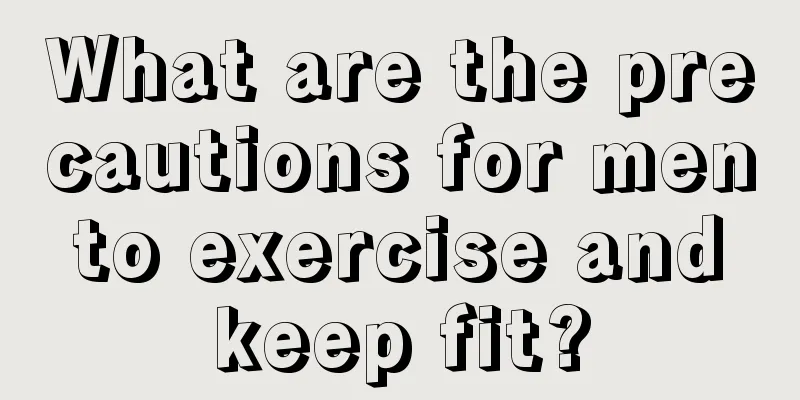The biggest difference between "soft" and "stiff" is here

|
A question yoga teachers are often asked is: "Teacher, my body is very stiff, can I practice yoga?" This article is an excerpt from an interview with Master BKS Iyengar in the United States in 1992, in which he answered questions about the stiffness and flexibility of the body in practicing yoga. Q: Can you talk about the difference between a flexible body and a rigid body? Answer: Many people see pictures of asanas and think that they can do those as long as their body is flexible. But people should understand that the normally soft body lacks sensitivity and therefore cannot give any feedback to the brain or heart. Although supple bodies do not experience the pain that taxes the nerves and causes fatigue, restlessness, headaches, or feelings of heaviness, they do deplete their energy. Instead of receiving energy, the cells do not. Instead it was tightened. This may become a hidden danger of disease. A flexible body does not trigger the intellect to think about what is wrong or right when completing asanas. On the contrary, a rigid body has antagonisms, actions and reactions, which trigger the intellect to study the asanas in the right perspective. On a soft body, there are no action, reaction or antagonism to prompt intellectual thinking and emotional stability. A supple body can easily perform poses without any inherent resistance or reaction. If a person is pregnant and her stomach is unresponsive, people will be afraid that the baby is so quiet that it may be dead. Similarly, doing asanas without antagonism is like the asana being lifeless, like a fetus dead in the womb. Distill your experience If you memorize a poem word for word but don't understand its meaning, what good will it mean to you? From the moment you begin to understand the mystery of poetry, you begin to appreciate the poem. This appreciation is interactive. You begin to think about the poem, and this thinking reflects your new thoughts. Similarly, while doing or being in an asana, there should be interaction between the body and mind, and the mind and intellect. The body may be moving, but there must be a response. The intellect should think about the interaction between body and mind... otherwise the body will act on its own without transmitting any information to the mind or intellect, and then it will not be able to open the door of intellect and penetrate inward or outward to the perfection of the asana. |
<<: 10 minutes a day is no big deal
>>: The biggest dream of women is to grow flesh to where it should grow.
Recommend
Having sex for 9 minutes can make you lose weight all over your body
Staying in bed in the morning is a common problem...
Several ways to exercise abdominal muscles with dumbbells
When we go to the gym, we will see many friends c...
What are the benefits of running in place every day?
The so-called running on the spot refers to a ver...
How long does it take to lose weight by swimming?
Losing weight is becoming more and more popular n...
How to use a pair of dumbbells to exercise your whole body?
There are many very effective exercise methods in...
What are the benefits of strength training for girls?
In our understanding, those who should do strengt...
What are the muscle exercises?
Dripping water wears away a stone, which means th...
Falling in love with "butterflies" can actually clear "blind spots"
If the body is compared to a room, then there is ...
Which body parts can be reduced by climbing stairs?
Climbing stairs mainly reduces the muscles in the...
What is the rapid exercise weight loss method?
For most people who want to lose weight, they kno...
What are the methods to lift and slim the buttocks?
Having a perky butt is the dream of many women, b...
Can women do yoga during menstruation?
Women should pay more attention to their physical...
Can yoga help you lose weight?
As a health-preserving method widely sought after...
What preparations should you make before hiking?
The magnificence and beautiful environment of the...
How to build muscle and abdominal muscles
Women mostly exercise to lose weight, while men e...









